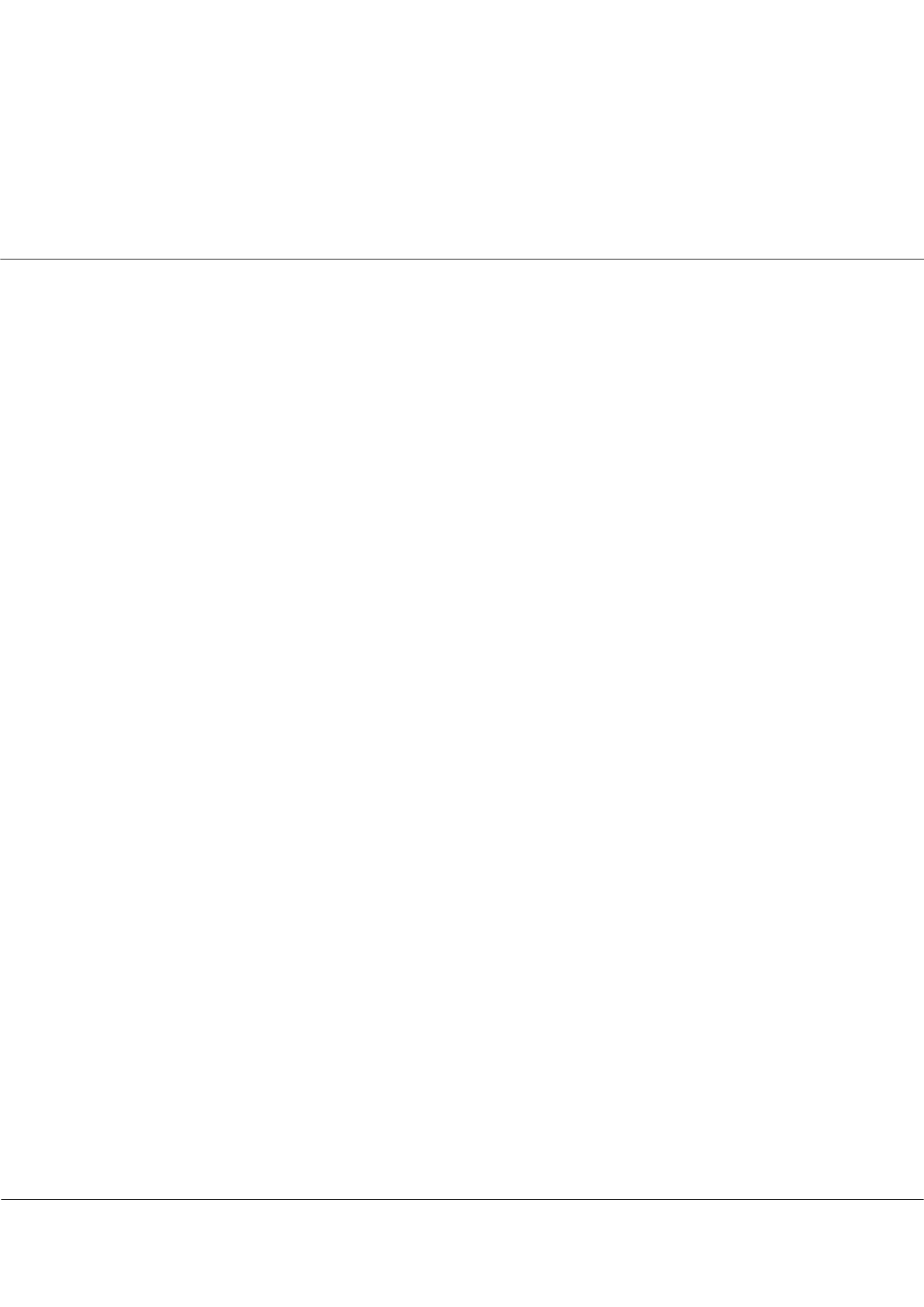

Page 45
conferenceseries
.com
Volume 9
Journal of Health & Medical Informatics
ISSN: 2157-7420
Medical Informatics 2018
July 05-06, 2018
July 05-06, 2018 | Berlin, Germany
6
th
International Conference on
Medical Informatics & Telemedicine
INPATIENT FALL PREDICTIONAND PREVENTION
Par Dunias
a
, Alina Weffers-Albu
a
, Paulten Brink
a
, Pamela Amelung
b
and
David Bowerman
b
a
Philips Research, Netherlands
b
Philips Patient Care and Monitoring Solutions eICU, USA
Statement of the Problem:
Inpatient falls are recognized to be among the most problematic adverse events reported in
hospitals, frequently prolonging and complicating hospital stays. In the US, between 700,000 and one million patients fall
in hospitals each year, leading to an average of 6 additional hospitalization days, where the cost of treatment for fall injuries
amounts to $13000.
Observational studies:
It shows that 60–70% of all falls in the hospital occur from the bed or bedside chair. The current
state of art mentions sitters, bed rails, and fall risk assessment questionnaires, alongside a number of technological solutions.
In spite of extensive research, current solutions are not cost efficient or scalable, with fall risk assessment protocols applied
inconsistently. Philips addresses the state of art limitations with a technology providing remote supervision of multiple patients
simultaneously. The system receives input concurrently from a camera and/or a biosensor, and assesses the fall risk of patients
by detecting in real-time a number of risks factors known to precede and contribute to a bed fall incident: patient restlessness,
hazardous posture and position in the bed space. Based on the assessed fall risk, the system issues a notification to a remote
sitter about patients at risk, allowing timely preventative interventions. Results of a laboratory study on 112 tests indicate that
the system triggers a notification of average 23 seconds in advance of patient bed exit/fall events. The PPV values of the risk
factors detected are 0.975 (restlessness), 0.924 (hazardous posture), 0.826 (hazardous position). The system also detects bed
falls and exit events (PPV = 1.0)
Conclusion & Significance:
We have presented a technology for remote supervision of multiple patients in parallel, enabling
effective, cost-efficient, scalable services for inpatient fall prediction and prevention.
Biography
Par Dunias has been working in research and development (R&D) research organizations for the past 25 years. Since his PhD study at the Eindhoven Technical University,
Electrical Engineering, he is developing sensors and invents measuring technologies in processes and in the past ten years in medical applications. Up to 2007 he worked
at Philips CFT, in the sensor group where he has been system architect in sensor systems especially continues monitoring of cardiovascular post-operative patients. He
switched in 2007 to TNO an applied research organization, where he was leading a Medical Instrumentation Program based on an Open Innovation business model,
performing fundamental research in optical technologies for real-time diagnosis of biological tissue and fluids based on spectral technologies. Finally, related to the present
work as independent external developer, he has been involved a Bed Fall Prediction system at Philips Research in Eindhoven.
info@betaappliedresearch.nlPar Dunias et al., J Health Med Informat 2018, Volume 9
DOI: 10.4172/2157-7420-C1-021
















